Celebrating ‘Valley of the Dolls’: Why the Looks Are Still So Influential 50 Years Later

Grove Press is re-releasing Jacqueline Susann’s Valley of the Dolls on July 4 to a new generation of young women, many of whom have never heard of this cult 1966 novel, which catapulted its way to the top of the New York Times best-seller list.
Valley of the Dolls is the story of Anne Welles, Neely O’Hara, and Jennifer North — three women who find professional success in different ways. That success, though, comes with an excess of drugs and alcohol, heartbreak and depression, all of which ultimately lead to a tragic ending (no spoilers!). It’s a conclusion that some feminists have argued seems to uphold the outdated notion that in order to be considered successful, women’s lives should culminate in marriage and motherhood.
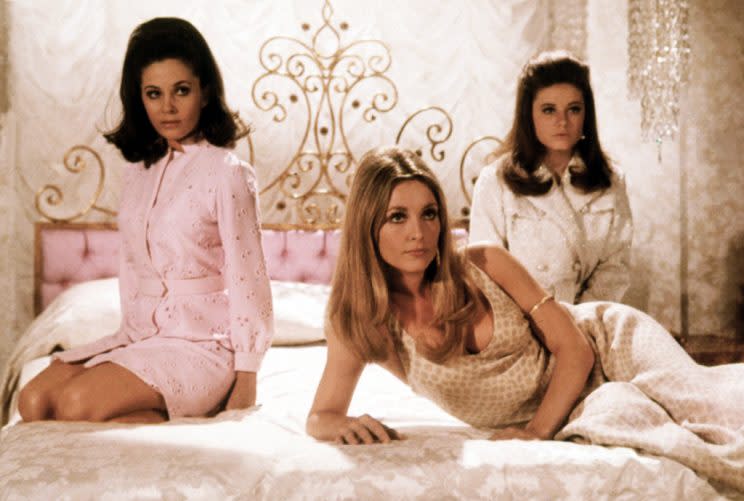
Nevertheless, both Valley of the Dolls and the 1967 movie based on the book, starring Barbara Parkins, Sharon Tate, and Patty Duke (who died on March 29), were read and watched, respectively, by millions of women the world over — women whose lives, over the course of a decade, would go through a major overhaul at a time of dramatic social and political changes.

The 1960s challenged long-held ideas of feminine beauty and the very notion of femininity itself. It was a time of newfound freedoms — careers, sexual liberation, and birth control, to name a few. It was also a time of mass production and the widespread availability of a great variety of makeup. The mascara wand — which had actually been invented several years earlier without getting traction — caused a mini revolution. In the meantime, lipsticks came out in a myriad shades unimagined before, and for the first time, cosmetic companies created products intended for a younger demographic. In fashion, the miniskirt, which was to the 1960s what the flapper dress was to the 1920s, set the stage for leg makeup and self-tanners today.
Yahoo Beauty spoke to makeup artists and beauty historians and asked them to catalog their favorite 1960s looks, immortalized by makeup artist Ben Nye in the 1967 movie version of “Valley of the Dolls.”
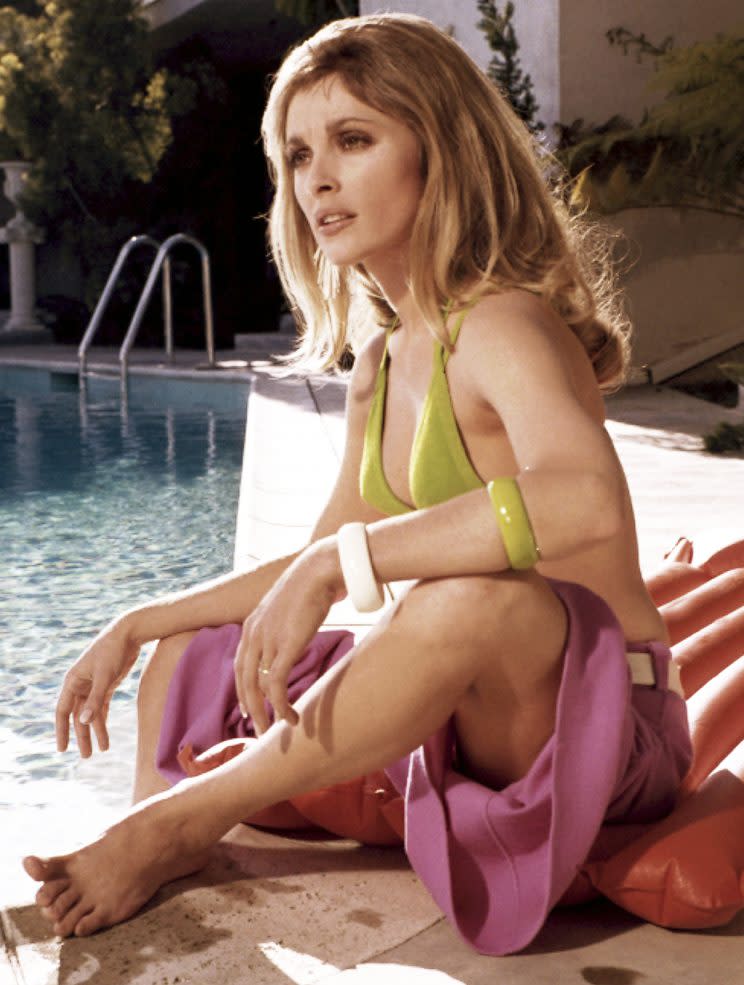
Those lips were made for talking
The frosted peaches, corals and pink lip shades of the 1960s marked a sudden and complete about-face from the heavy red lip of the 1950s. Read into it “the very clear evolution of a woman’s role in society,” says Amber Butchart, an associate lecturer in cultural and historical studies at the London College of Fashion and author of the forthcoming book The Fashion of Film.
“In the 1950s, red lips were part of a look that emphasized a woman in her home, her role as wife and mother,” Butchart tells Yahoo Beauty. “Lips were downplayed in the 1960s, to move away from that image associated with domesticity.”
Celebrity makeup artist Rachel Weingarten, author of Hello Gorgeous! Beauty Products in America ’40s-’60s, adds: “By focusing on natural lips, women made it clear that they were not applying lipstick in order to be alluring or attractive to men.” In that regard, even a bright, red lip of the 1960s was very different from a red pout of the 1950s: “It was about drawing attention to your mouth in a way that said ‘Hey, listen to me, I have something to say,’” Weingarten says.
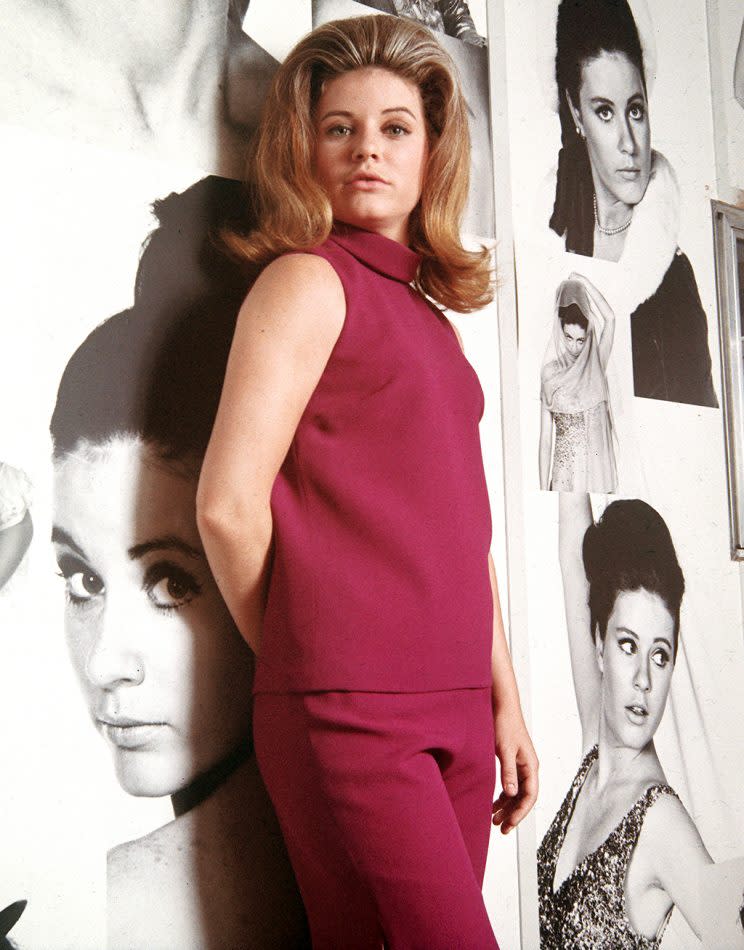
Big hair, big confidence
Thanks to advances in technology today, you’d be hard-pressed to know who’s wearing hair extensions and who isn’t. Back in the 1960s, though, “90 percent of women had something clipped into their hair, and everyone knew,” says Weingarten. Wigs in all shapes, sizes and colors, as well as clip-on ponytails, were de rigueur, attached to the hair to change one’s look and create both height and width. Velvet ribbons and hairbands with fake hair attachments were also common, Weingarten notes. Then there were the beehives and bouffants, the decorated hair clips, the bows and the head scarves, all of which provided easy and fun ways to experiment with your appearance — with loads of hairspray and backcombing, of course.
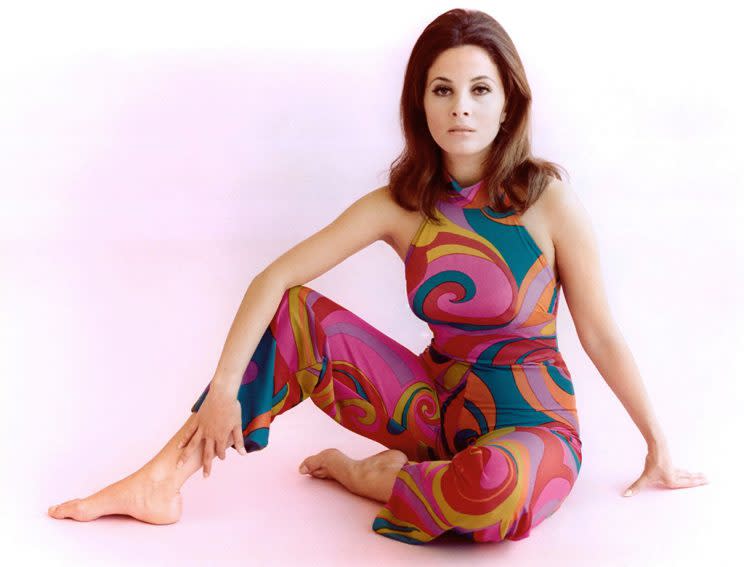
Eyes that pop
In a decade where film — think Elizabeth Taylor in Cleopatra — had a tremendous influence on makeup, the eye took center stage. That meant everything from thick coats of heavy, dark mascara to the use of false eyelashes, all day, every day, according to Mary Schook, a licensed esthetician and cosmetic formulator. It meant liberal use of black eyeliner on the upper lid and more to rim the lower lid, as well as shadowing the eyes in blues, browns and greens — new colors, Schook says, that had never been considered before. Emphasizing the eye to that degree created what Gabriela Hernandez, cosmetic historian and founder of Besame Cosmetics, best describes as “a perpetually youthful look.” But the 1960s ingénue was not to be taken lightly, she says, and that was made clear by the strong eyebrows that offset the dewy eyes.
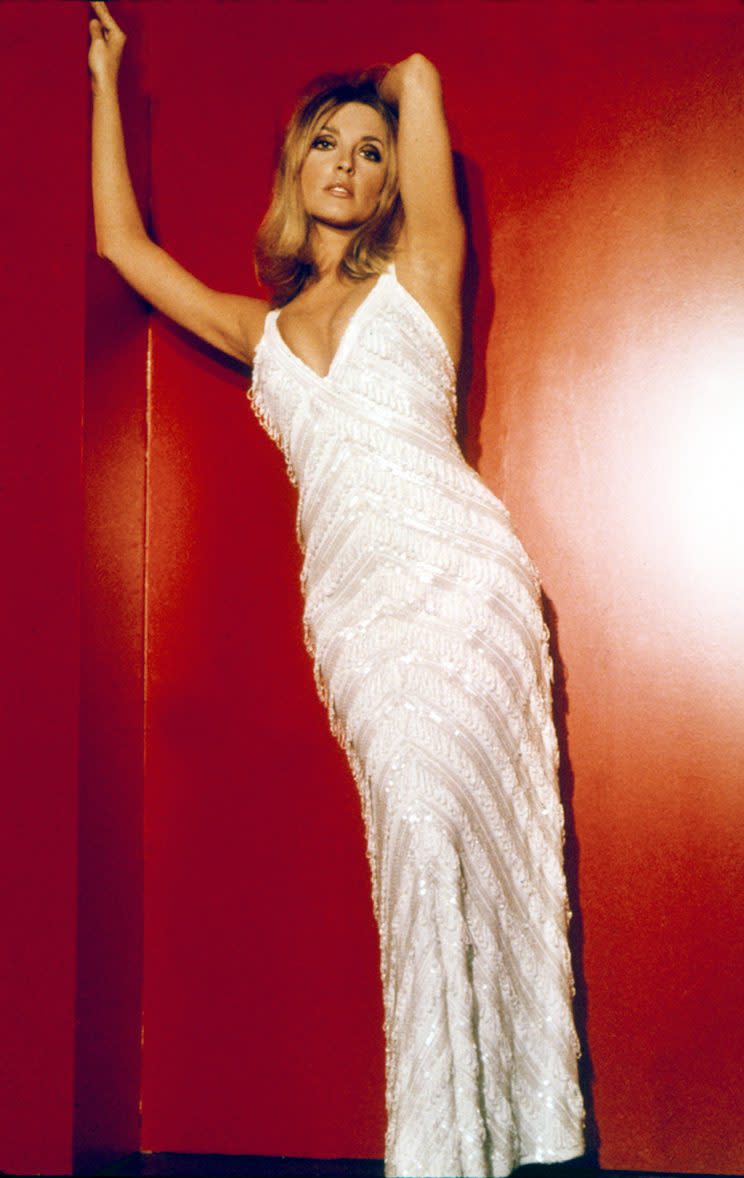
Fiercely fresh-faced
In the 1960s, earthy tones defined and chiseled the face, as opposed to rounding it out, according to Hernandez. Bidding farewell to the era of their mothers’ rosy blushes of the 1950s, foundation and powder in the 1960s were used to create a natural look that was at once feminine and strong. Liquid foundations, rather than cake, made it much easier to create a look that was youthful and light.
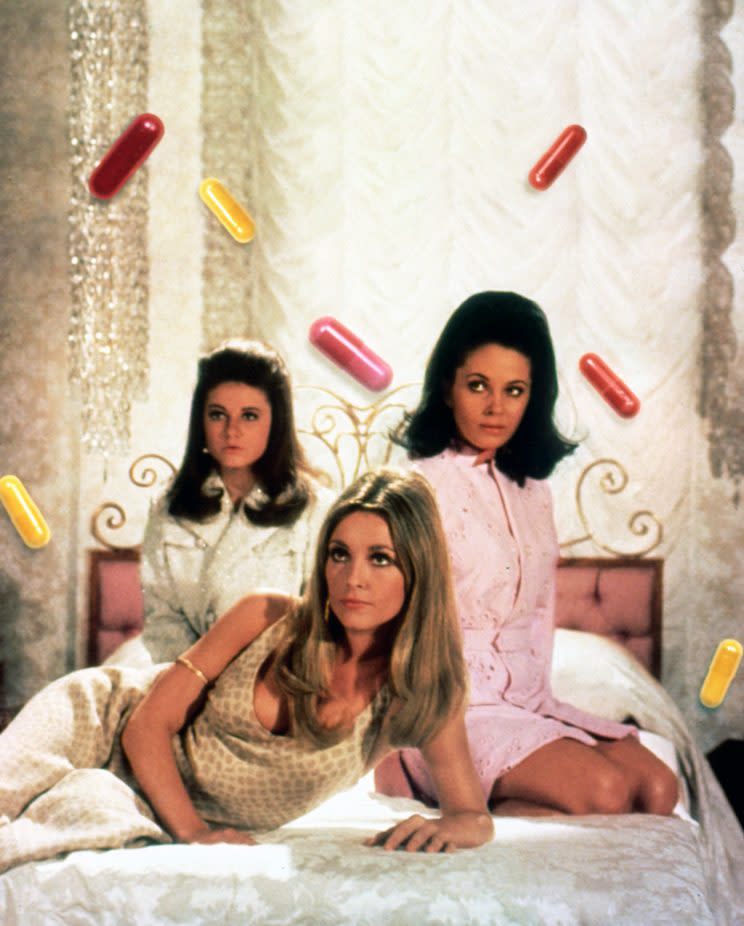
Let’s keep in touch! Follow Yahoo Beauty on Facebook, Twitter, Instagram, and Pinterest.

